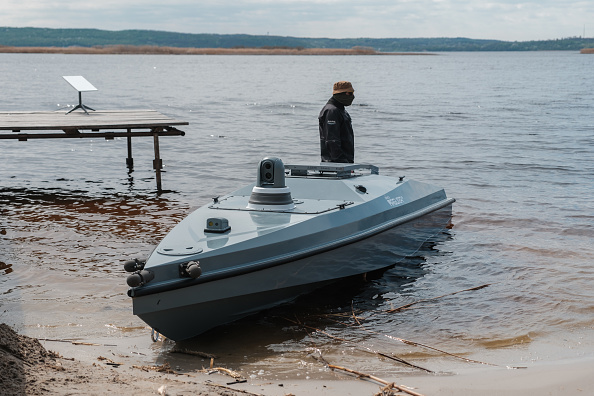Prior to the video game The Last of Us, people rarely thought of fungi in the context of deadly infectious diseases. However, Cryptococcus neoformans is a fungal pathogen that causes more than 100,000 deaths per year. While researchers knew that C. neoformans accesses the brain within hours after infection in mice, the mechanisms behind this invasion have been poorly understood.1
To study this process, researchers need to identify rare instances of fungal invasion into the brain, but finding these examples requires the ability to study large sections of the organ. Carolina Coelho, a fungal immunologist at the Medical Research Council Centre for Medical Mycology at the University of Exeter, and her team tackled this problem by adapting high-content microscopy to study the brain infection in greater depth.2 Their findings, published in mBio, offer new tools for researchers to study C. neoformans pathogenesis.
In standard fluorescence microscopy, scientists image thin sections of their sample tissues, but because of the opacity of the tissues, they glean limited information from them. Coelho searched for an approach that would allow her to overcome this limitation. “One important thing is to preserve the tissue architecture, because you need to see the spatial structure,” said Coelho. “The other thing is we needed something that was really high content.”
During her search, Coelho learned about clarification and decolorization protocols used in light-sheet microscopy to image entire organs. Although she didn’t need to visualize the whole organ, she incorporated the tissue clearing steps of the protocol to samples of lungs and brains from mice infected with C. neoformans. This allowed Coelho’s team to visualize up to 200 micrometer sections of their sample tissues. “This tool will boost any microscope you have, just because it makes [the tissue] transparent,” Coelho explained.
“It’s a big step towards understanding host pathogen interactions,” said Kiem Vu, a biochemist studying C. neoformans invasion at the University of California, Davis who was not involved in the study.
The increased imaging capacity allowed Coelho’s team to visualize enlarged fungal cells, called titan cells, in the lung and the nasal cavity. They observed that these titan cells and normal yeast cells adhered to and invaded the nasal mucosal layer as early as 24 hours after intranasal infection. Previous work showed that titan cells promote fungal pathogenicity, but these were predominantly found in the lung.3
“Their very early on infection in the upper airway put them in very close proximity to the brain, so maybe that’s how they get into the brain,” said Felipe Santiago-Tirado, a cell biologist at the University of Notre Dame who studies C. neoformans pathogenesis and was not involved in the work. Vu shared this idea, citing it as a potential area for future investigation. “Was what they found [in] this paper a rare event? Or is it something that occurs more commonly as the infection progresses?”
Cryptococcus neoformans yeast cells (blue) invaded mouse brains, where microglia (white) engulfed them.
Vanessa Francis and Carolina Coelho
Although scientists know that C. neoformans infects the brain, they did not know whether it accesses this tissue as free yeast traveling in the blood or by infiltrating an immune cell and ferrying across the blood-brain barrier. Coelho and her team studied the lungs of intranasally-infected mice with their clarification and imaging method to help answer this question.
The researchers observed fungal cells independent from host cells within blood vessels in the lung of one animal seven days after infection. Sampling the blood and conducting standard plate counting culture also confirmed that the blood contained fungal cells as early as three days after intranasal infection.
“The cool thing about it is that they’re basically showing these things that were inferred by indirect evidence or by in vitro assays, now they’re showing them to happen in vivo,” Santiago-Tirado said.
Because C. neoformans enters the blood, the team intravenously infected mice with fungal cells to investigate infection in the brain. They observed that C. neoformans accessed the brain within 24 hours after infection and predominantly existed in clusters of fungal cells. The team labeled blood vessels and microglia in the brain to confirm that the yeast exited the blood brain barrier and determine if they associated with the resident immune cells.
Most fungal cells in the brain resided within microglia, indicating that they left the blood vessels. The researchers also observed that microglia with internalized C. neoformans displayed altered morphology, including multinucleated cells with reduced projections from the cell body. “It really poses the question, how are these microglia responding?” Coelho said. Next, Coelho is interested in exploring potential secreted molecules by the fungi and host cells that influence the host-pathogen interaction.













/https://tf-cmsv2-smithsonianmag-media.s3.amazonaws.com/filer_public/d1/82/d18228f6-d319-4525-bb18-78b829f0791f/mammalevolution_web.jpg)






Discussion about this post